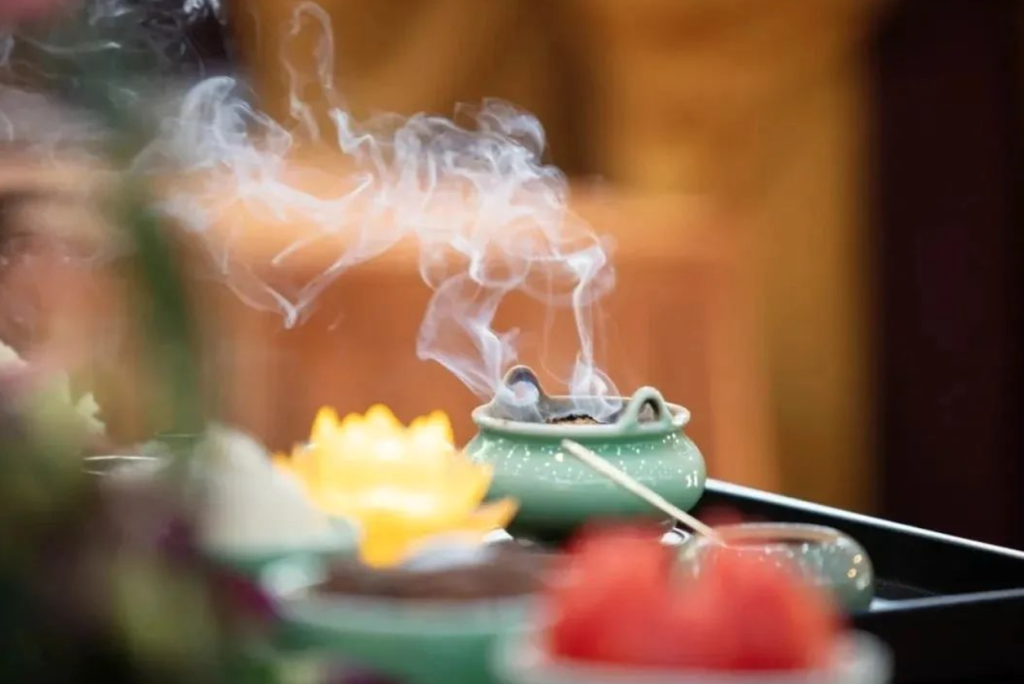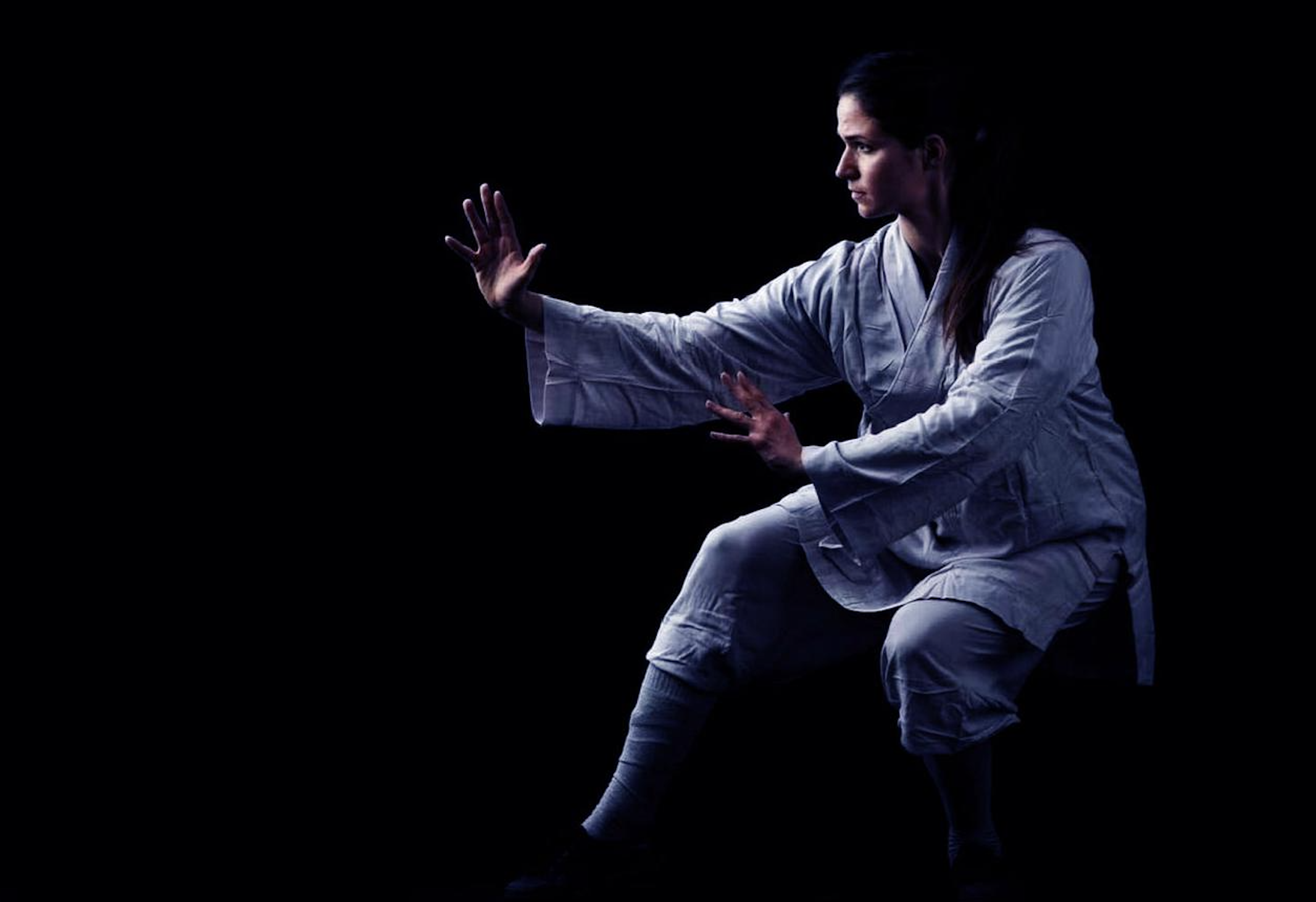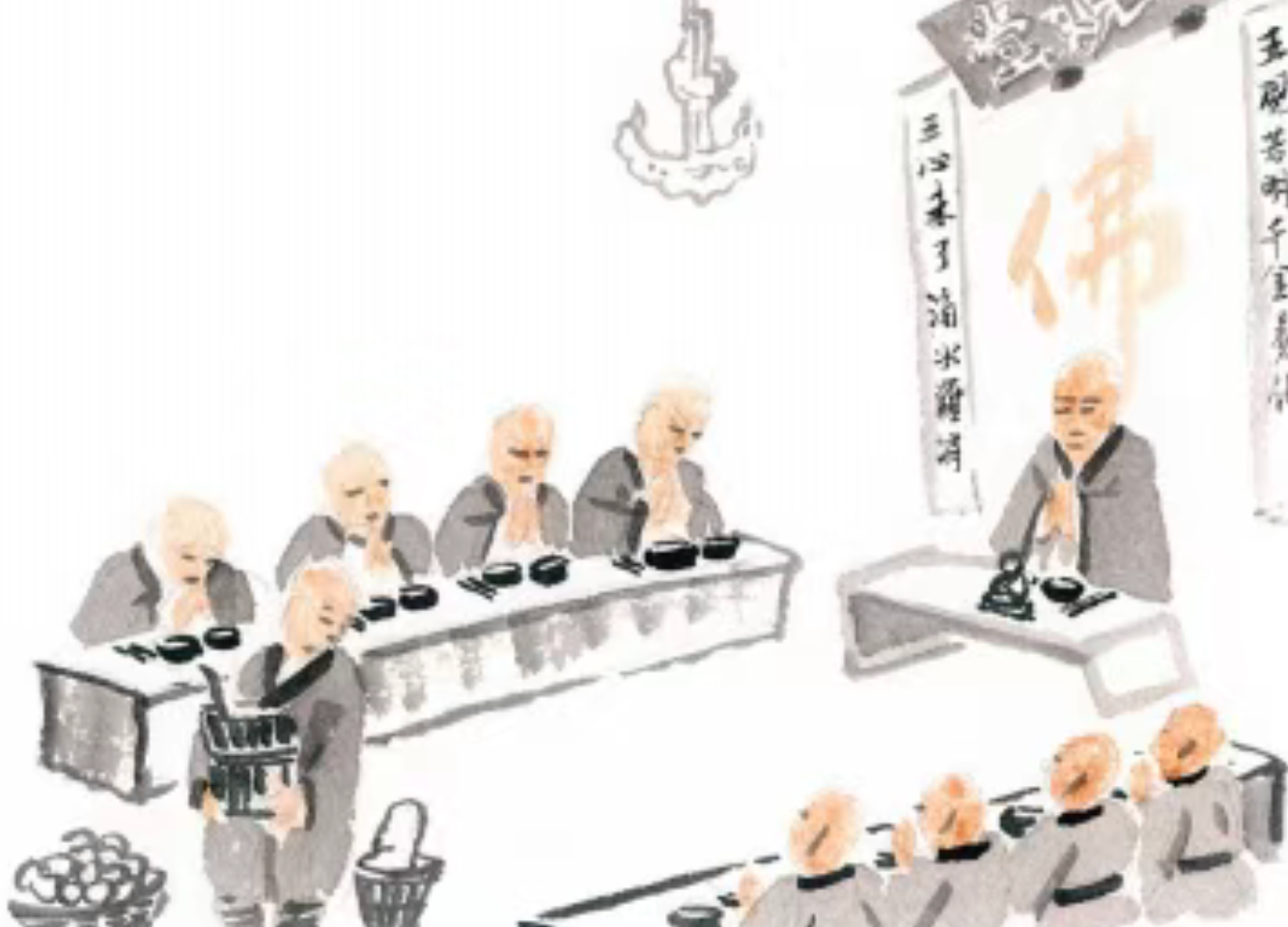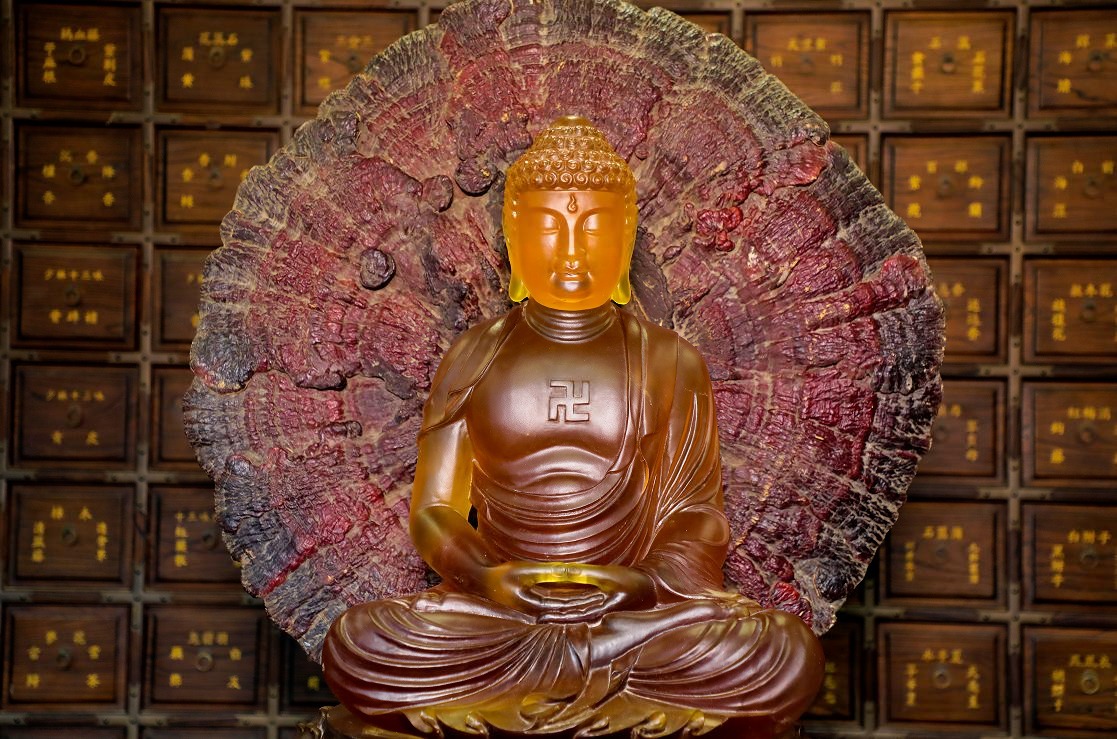
The Aesthetics and Philosophy of Shaolin Martial Arts
The martial arts of Shaolin are not merely techniques of combat; they are a living expression of Zen philosophy. Each movement, each stance, carries within it the wisdom of centuries, where form and spirit unite in perfect harmony.
The Dance of Zen in Motion
Shaolin Kung Fu is often described as “moving meditation.” Unlike other martial disciplines that emphasize aggression, Shaolin techniques embody the principle of Chan Wu—the seamless integration of Zen and martial arts. The practitioner does not fight against the opponent but flows with the rhythm of the moment, embodying the Buddhist teaching of Wu Wei (non-action).
Consider the fluidity of Tai Chi-inspired forms, where power is not forced but cultivated through relaxation. A master’s strike appears effortless, yet it carries immense force—a paradox that mirrors the Zen concept of emptiness and form. The body moves like a willow in the wind, bending but never breaking, illustrating the balance between strength and suppleness.
The Unity of Opposites: Hard and Soft, Fast and Slow
Shaolin Kung Fu is renowned for its dynamic contrasts—explosive strikes followed by moments of stillness, rigid blocks dissolving into yielding counters. This interplay reflects the Buddhist understanding of duality: Samsara and Nirvana, suffering and liberation, are not separate but two sides of the same truth.
In The Essence of Art, the idea of “form and spirit unified” finds its perfect embodiment in Shaolin. A punch is not just a physical act; it is an expression of Yi (intent), where the mind directs energy without obstruction. The famous One-Finger Zen technique, where a monk channels immense power through a single fingertip, demonstrates how the body becomes a vessel for spiritual discipline.
The Silent Language of Forms (Kata)
Every Shaolin form—Xiao Hong Quan, Da Hong Quan, Luohan Quan—is a moving scripture, a physical sutra that encodes Buddhist teachings. The precise angles of a stance mirror the unshakable resolve of a Bodhisattva, while the circular motions echo the endless cycle of Samsara. Even the pauses between movements hold meaning, teaching the disciple that stillness is as vital as action.
When a Shaolin monk performs, it is not a display of ego but an offering—an act of devotion. The beauty lies not in victory over an opponent but in the mastery of the self. This is the true artistry of Shaolin: where fists become prayers, and combat transforms into a sacred dance.
Amitabha.



